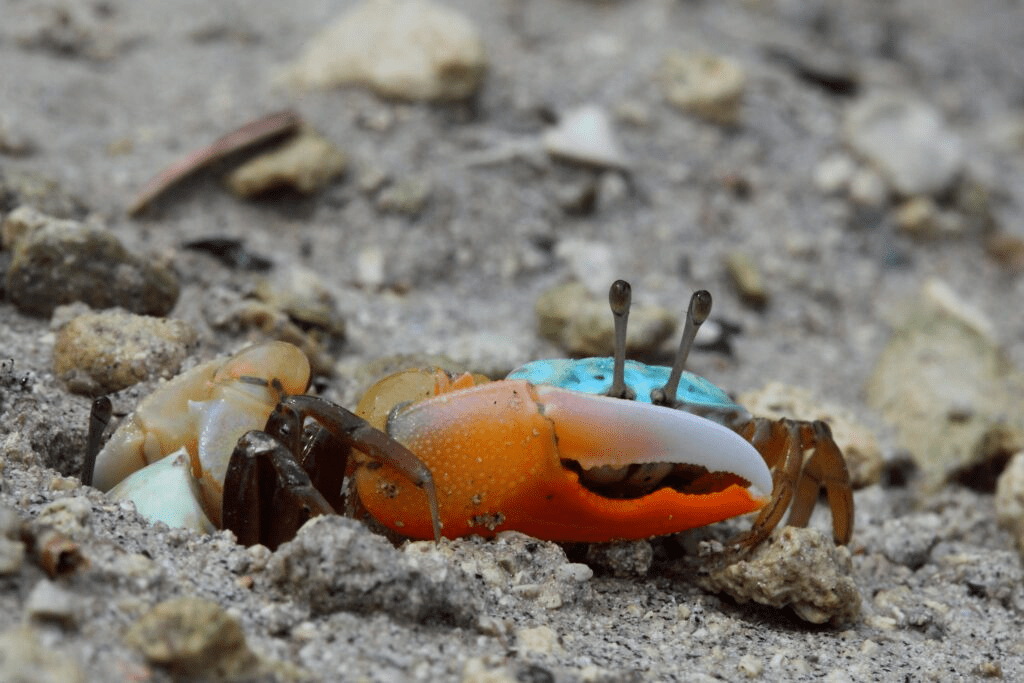A human mission to Mars is in the planning stages at NASA for the 2030s, and a recent study suggests that it should be an all-female crew. The study found women to use less oxygen, produce less carbon dioxide, and even require less food than men during space exploration missions.
The European Space Agency (ESA) conducted the research, and they simulated a 1080-day mission with four women astronauts. An all-female crew was found by the team, needing 3,736 pounds less food and saving more than $158 million.
Both men and women will be necessary for humanity to colonize the Red Planet, but the study suggests that an all-female astronaut crew should lead the space missions. According to the study, an all-female crew would free up 8 cubic feet of space in the capsule because of their smaller stature.
With only 55 of them being women, or 15%, NASA has sent a total of 355 people to space. Russian woman Valentina Tereshkova was the first woman to leave the earth’s atmosphere in 1963, and American women first visited space in 1983 when Sally Ride launched to the International Space Station.
Determined to put the first female astronaut on the moon in two years, NASA will likely include women on the trip to Mars. It was suggested by the study that NASA and other space agencies should focus on all-female astronaut crews for long space missions. As Mars has several advantages for human exploration, including proximity, it will be better to allow an advanced team to set up basic infrastructure, with the most efficient team being all female.
It was found by the study that female astronauts have lower water requirements for hydrogen, total energy expenditure, oxygen consumption, carbon dioxide, and metabolic heat production during space exploration missions. An approach developed to estimate the effects of body “size” on life support requirements in male astronauts was utilized by the team.
Estimates for female astronauts were lower than for comparable male astronauts for all parameters and all statures. The female form is the most efficient body type for space exploration when considering the limited space, energy, weight, and life support system packed into a spacecraft on a long mission.
Similar Post
As per the study, a four-member all-female crew would require 1695 kg less food weight on a 1080-day mission, whereas the cost of getting payloads to the International Space Station (ISS) is $93,400 per kg, according to NASA. The mission could save over $158 million and free up 2.3 m3 of space with some simple arithmetic.
The effect of body size on total energy expenditure was markedly less in females compared to a previous study of theoretical male astronauts. Crewmembers’ health and ability to perform mission tasks can be affected by physiological changes induced by prolonged microgravity in space.
As it is designed to counter the physiological effect of being weightless, exercise in space is called “countermeasure exercise”. It was found during the study that women were able to perform countermeasure exercises as well as men in space.
There will be implications for the future of space exploration as a result of the findings of the study, including the possibility of all-female missions to Mars. According to the suggestions of the study, future research should focus on the specific differences between men and women that affect their performance in space.
Above all, the study highlights the potential benefits of all-female astronaut crews for long space missions, including reduced resource requirements and increased efficiency.


















